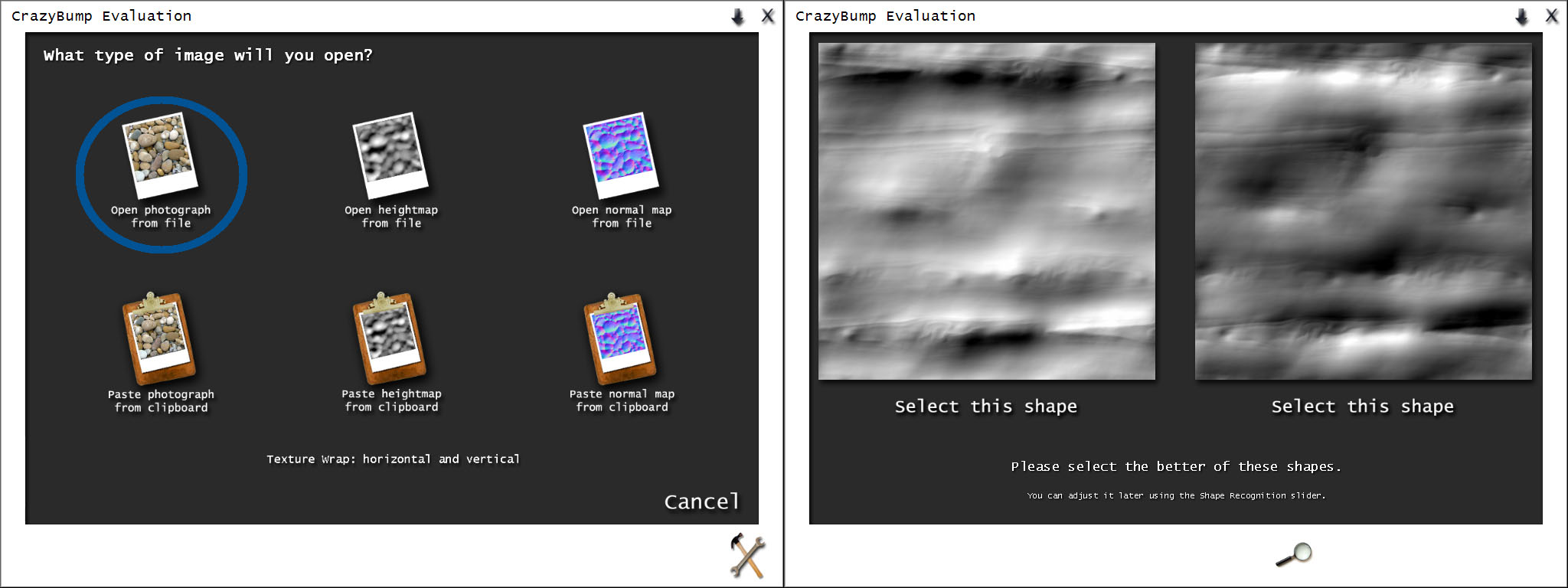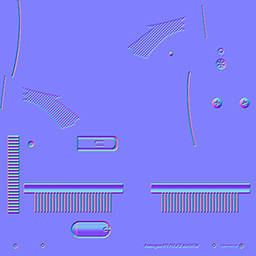
I’m here asking for help on how to create realistic looking textures in 2.8.

I really don’t appreciate this negative post. If you have the need for different IOR values,because maybe you have masked your material with two or more materials (mostly used then metal and a nonmetal material are masked)then you could feed the specular input for this aera with different specular/IOR values,if that makes sence.Įdit,if you want to reduce the reflection even more or completly then set specular to 0Īnd the clearcoat you have only to use if you make a carpaint or similar that represent a glossy layer on top of your mat,otherwise at material creation first set the clear coat to 0. Input goes from (0-1).and 1 represent conductor mat /metal.this way cycles uses another math for better metal reflection.Īnd back to specular if you use a single material (plastic for example) then you dont need a map for the specular,because the whole material itself is made of plastic and has a IOR around 1.5 this is around 0.5 the basic specular value in the principled shader.

if you material is dielectric or a conductor. See this document that explanes the math.įor glossyness you have to use the roughness input.how rough your glossy material should be (0-1)Īnd to make things clear about metallic input.this is used for masking. You need variation in normals to really see what you’re doing.Īs bandages and RickyBlender sayed,the specular value, in the principled shader, are a simplyfied value of the IOR value the material has. Principled’s specular is really just a remapped IOR for purposes of Fresnel.Īny real treatment of specular can’t be demonstrated with a flat plane, btw. You can plug a texture into it, but not the same texture that you’d plug into a specular’s specular color.

Note that principled shader’s specular input doesn’t work the same. Again, the right place for the specular texture lookup is as an input into specular color. This would be more akin to Price plugging a specular texture into the color input of the glossy node than using it as a mix factor.īut it’s not really designed for raytracers (although of course, you can create a texture to control any input you want.) If somebody wanted something that was specular mapped, I think the right place to demo that would be with Eevee, using a Specular node as your output. The traditional way to use a specular map is to use it to modulate specular- ie, calculate specular, multiply it by your specular texture lookup, add that to your diffuse. I’d suspect that’s what your haze is- glossy reflections from someplace that shouldn’t really be reflecting because the surface is oriented toward the camera. Price isn’t doing stuff remotely realistically, or even traditionally. If people contradict me, you should listen to them.

Before anything else- I’m not an expert, but I’ll share what I’ve gathered from my reading.


 0 kommentar(er)
0 kommentar(er)
